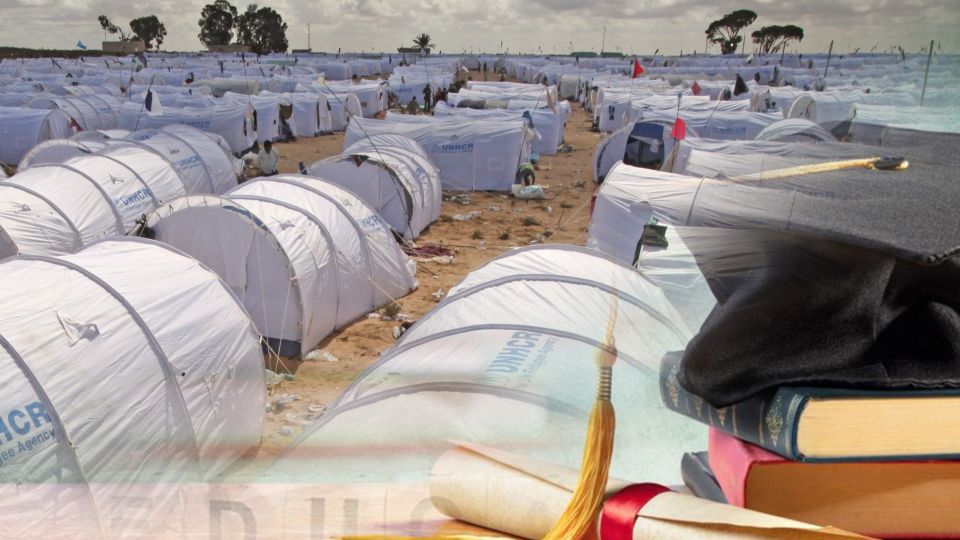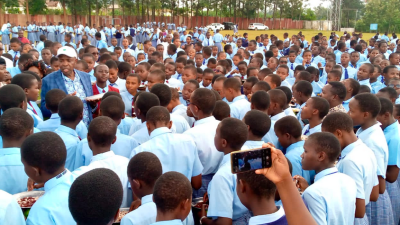Since the 2030 Refugee Education Strategy was unveiled in 2019, Kenya has made significant strides toward achieving gender equity in refugee education.
According to the 2024 refugee education report by the United Nations Refugee Agency (UNHCR), the country’s primary refugee Gender Parity Index (GPI) has increased from 0.77 in 2019 to 0.82 by the end of 2023.
According to the organization, a country has reached gender parity in access to education if its GPI is (1); conversely, a closer value to (1) suggests that the nation is getting closer to gender parity.
Stated otherwise, a score below one denotes a difference favouring boys/men, whilst a value above one denotes a disparity favouring girls/women.
“At the secondary level, we see much larger gaps in the achievement of gender parity, as none of the countries featured in the report have a GPI that is larger than 0.8. In Kenya however, we do see improvements,” the report reads.
“Kenya’s refugee GPI for secondary education has increased from 0.46 to 0.67, indicating positive progress towards achieving parity.”
Despite the progress, the agency raises concern over the quality of education that is being offered in the surveyed countries.
“When refugees are in school, we need to ask if they are learning. There are indications that refugee learners can excel with the right opportunities. While few refugees sit for national examinations, their pass rates at all levels are high, at times exceeding the national average,” the agency notes.
“In our reporting countries, 82 percent of refugee students who sat primary exams passed them in the academic year 2022 to 2023. The figures were 65 percent and 68 percent for lower and upper secondary, respectively.”
When looking at pass rates across years, we see consistently that refugee pass rates are high across both academic years, 2020/21 and 2022/2, although we have begun to see some decreases, it adds in part.
The agency attributes the decrease mainly to the quality of teaching, saying although there is no sufficient data to ascertain the proportion of teachers engaging with refugee learners who have acquired a minimum level of qualifications, the available data suggests that the proportions are not very high.
On average, for 13 reporting countries that provided data on the proportion of qualified teachers at primary level, the figure for those engaging with refugee learners was 67 percent.
Comparison to the national average proportion of teachers with the minimum required qualifications in primary education finds that the proportion of teachers with qualifications engaging with refugee learners can be lower.
For example, in Kenya, 42 percent of primary teachers engaging with refugees have the minimum required qualifications, while the corresponding national average was 100 percent in 2020.
It also notes that the pupil to teacher ratios in classrooms where refugees learn tend to be high, posing potential on refugees’ learning experiences.
This is in the face of Kenya’s growing refugee population, which has been fuelled by the ongoing political and humanitarian crises in Somalia and South Sudan, the country’s two primary refugee-producing nations.
The World Bank and UNHCR’s first-ever country-focused welfare of refugees and host communities report states that the circumstances have forced more than 150,000 refugees into Kenya in less than a year.
It states that as of May of this year, Kenya was housing 774,370 refugees and asylum seekers, up 26 percent from 612,413 during the same time previous year, or 161,957 people.







